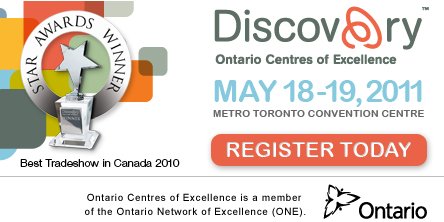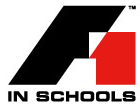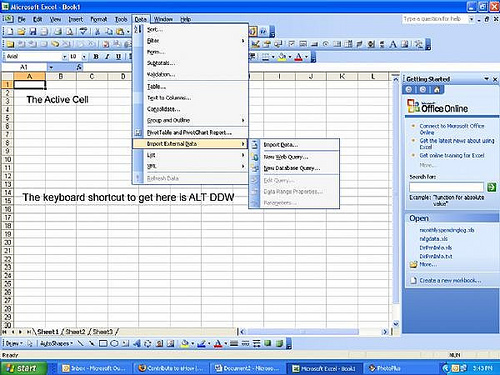Editor’s note: This is a guest post by serial entrepreneur and investor Howard Lindzon of StockTwits andSocialLeverage. He was born and raised in Toronto and has a soft spot for his hometown and Canadian entrepreneurs. You can find this post on Howard’s blog and to stay up to date you can follow him on Twitter @howardlindzon or StockTwits @howardlindzon.
Nobody knows!
Nobody knows what the next 10 minutes will be like, let alone the next 10 years.
It used to be no one cared what the next 10 minutes were going to be like. Twitter has changed that for good at this point.
What we can do is look back for patterns and try to project them into the future or as we do in the stock market all day, spot patterns that are upon us or emerging.
It’s a fantastic business to be in.
William Quigley has a really good post up hypothesizing on the next 10 years in web, tech and VC land. Here is some meat:
Let’s also keep in mind that public companies are generally a lot less risky than private ones. Less work and lower risk. That is how it used to be for public shareholders, but that era has ended for good. Let me give you some perspective on how much things have changed since the last tech cycle.
Amazon.com, the world’s largest Internet retailer, went public at a $440 million valuation. Hard to believe, isn’t it? A company worth $90 billion today was worth just over $400 million when it went public in 1997. That skimpy valuation represented less than one times its forward 12 months of revenues, a multiple more closely associated with a corrugated cardboard manufacturer than the most important innovator in retailing in the past 100 years.
eBay went public at a $650 million valuation, representing less than three times its forward revenues. Amazingly, this valuation was considered adequate even though at the time of its IPO, eBay had already established itself as the pre-eminent auction site on the web. Go back to the earlier part of the 1990s, and it gets even more extreme. Cisco, the most important company in computer networking infrastructure, went public at $225 million, a valuation representing just over one time its annual revenues.
William is talking my book so I totally agree but I always have one foot out the door. I have been called to task often over my years managing money for being too risk averse.
I consider myself ‘liquidity averse‘. I don’t mind paying up for the highest momentum public companies for the liquidity they provide and I won’t pay up for start-ups for the liquidity denied. I assume liquidity is a miracle and need to maximize my upside for that risk. STARTUPS ARE HARD! No matter what happens the next 10 years, you need to read this post and remember the miracle of effort needed to make a start-up succeed.
Not many people I have run across in my 13 years of managing money deploy my strategy or thinking and that emboldens me. I believe the two ends of the investing spectrum are very connected and I am fascinated by the ‘tells’ I see by watching the all-time high list and Angel List.
While I am not sure of the next 10 minutes, let alone the next 10 years, I am confident in my work that thousands of web entrepreneurs will take notice and follow my strategy in the years ahead.












